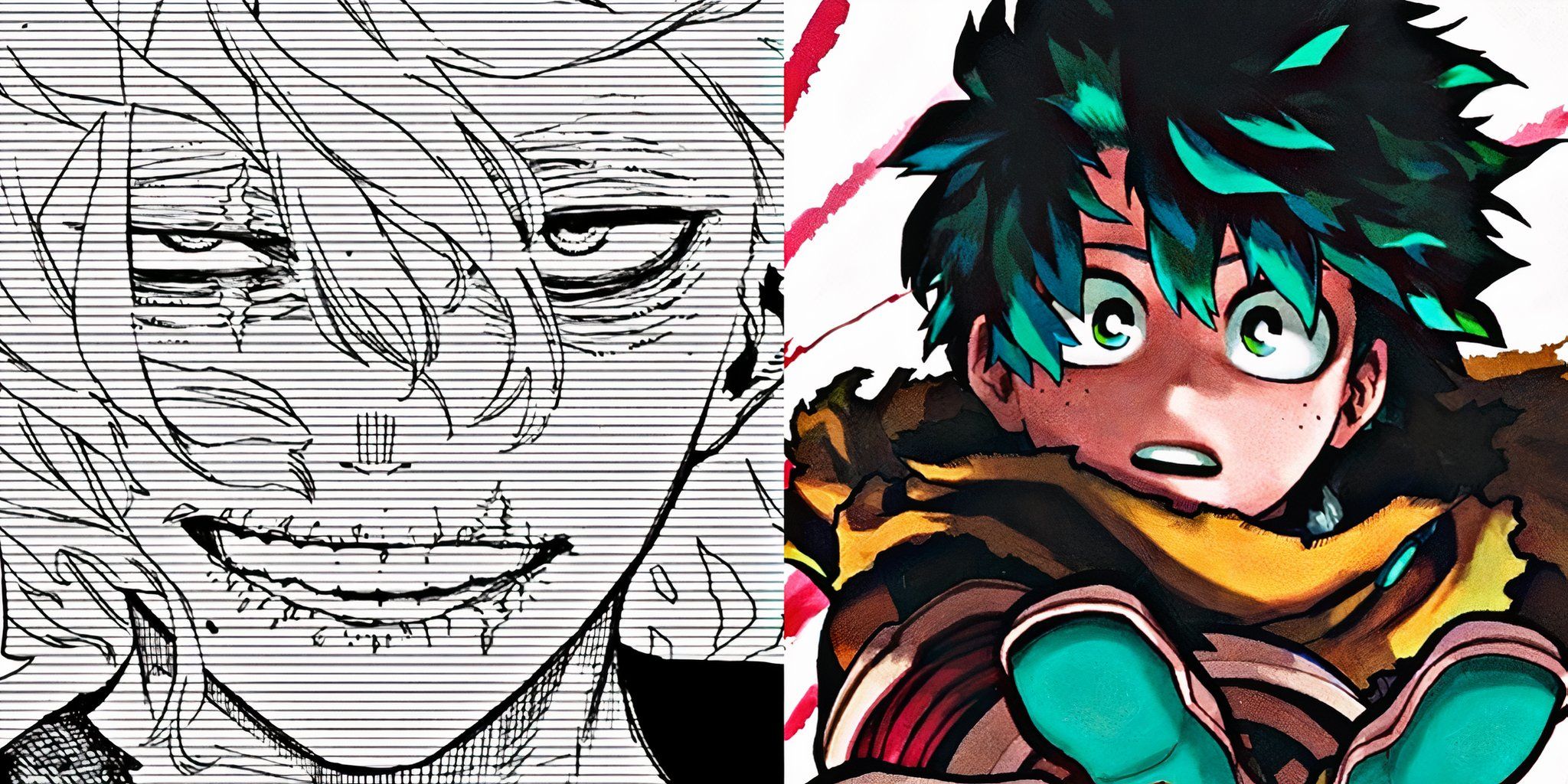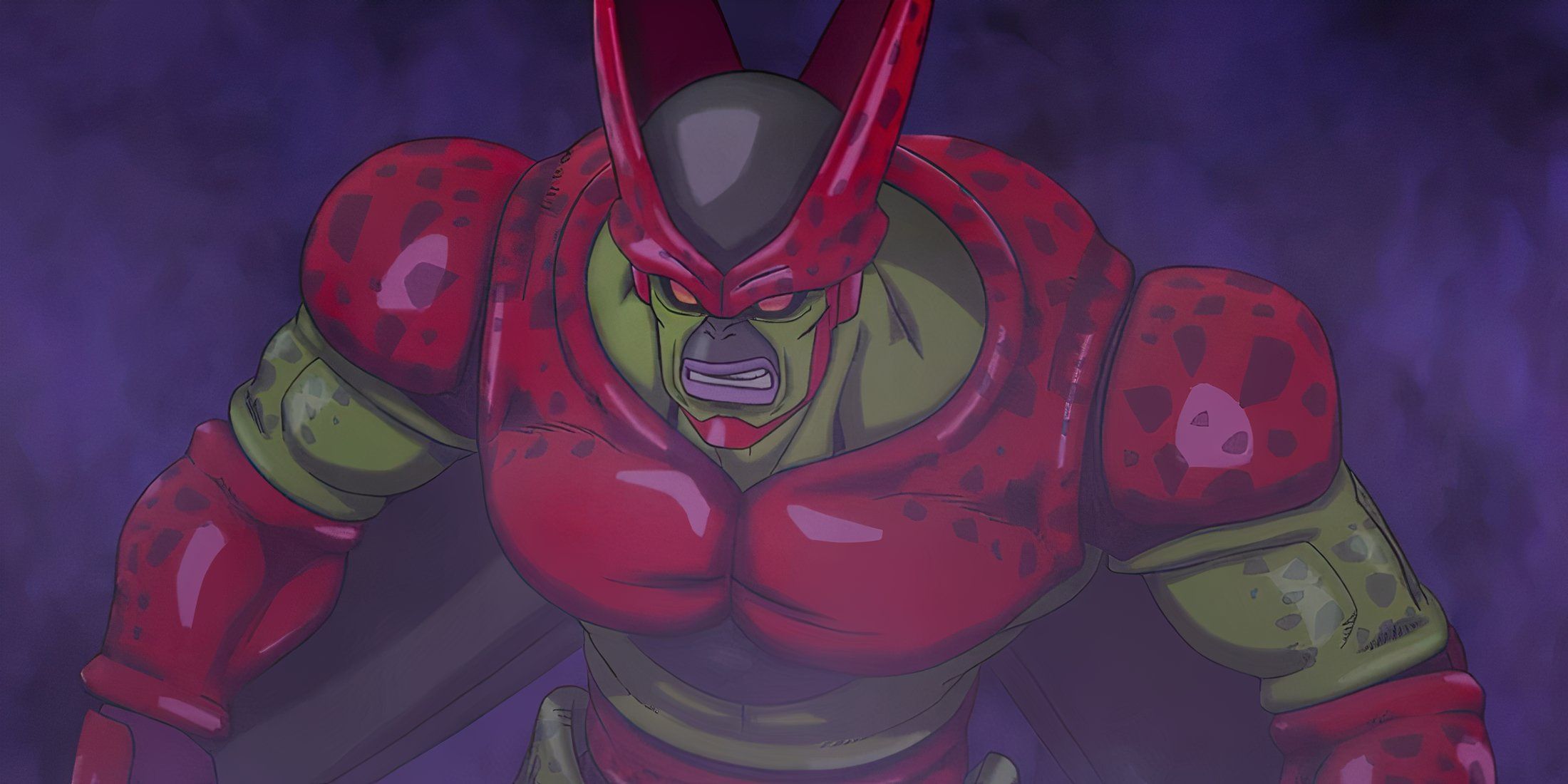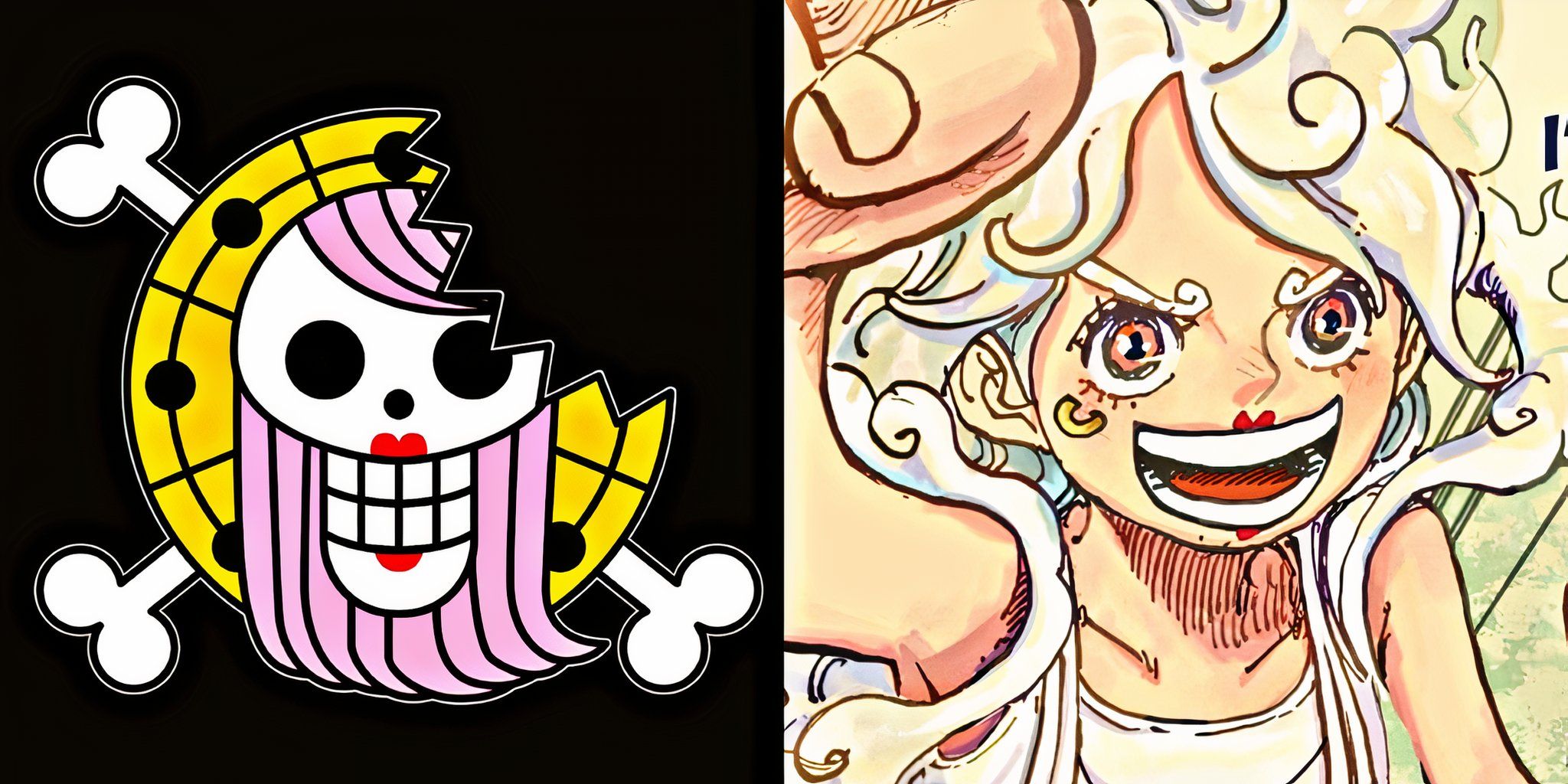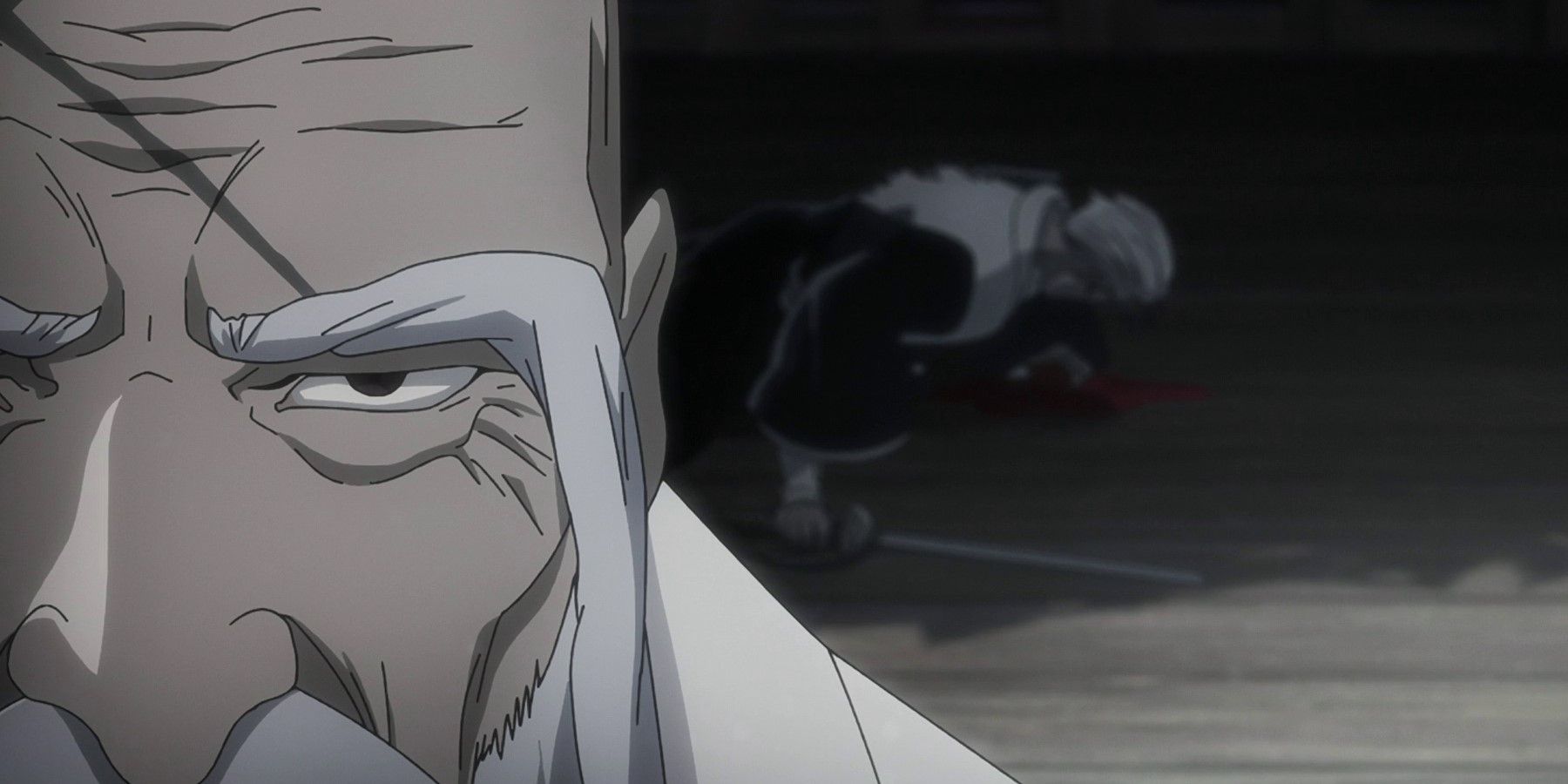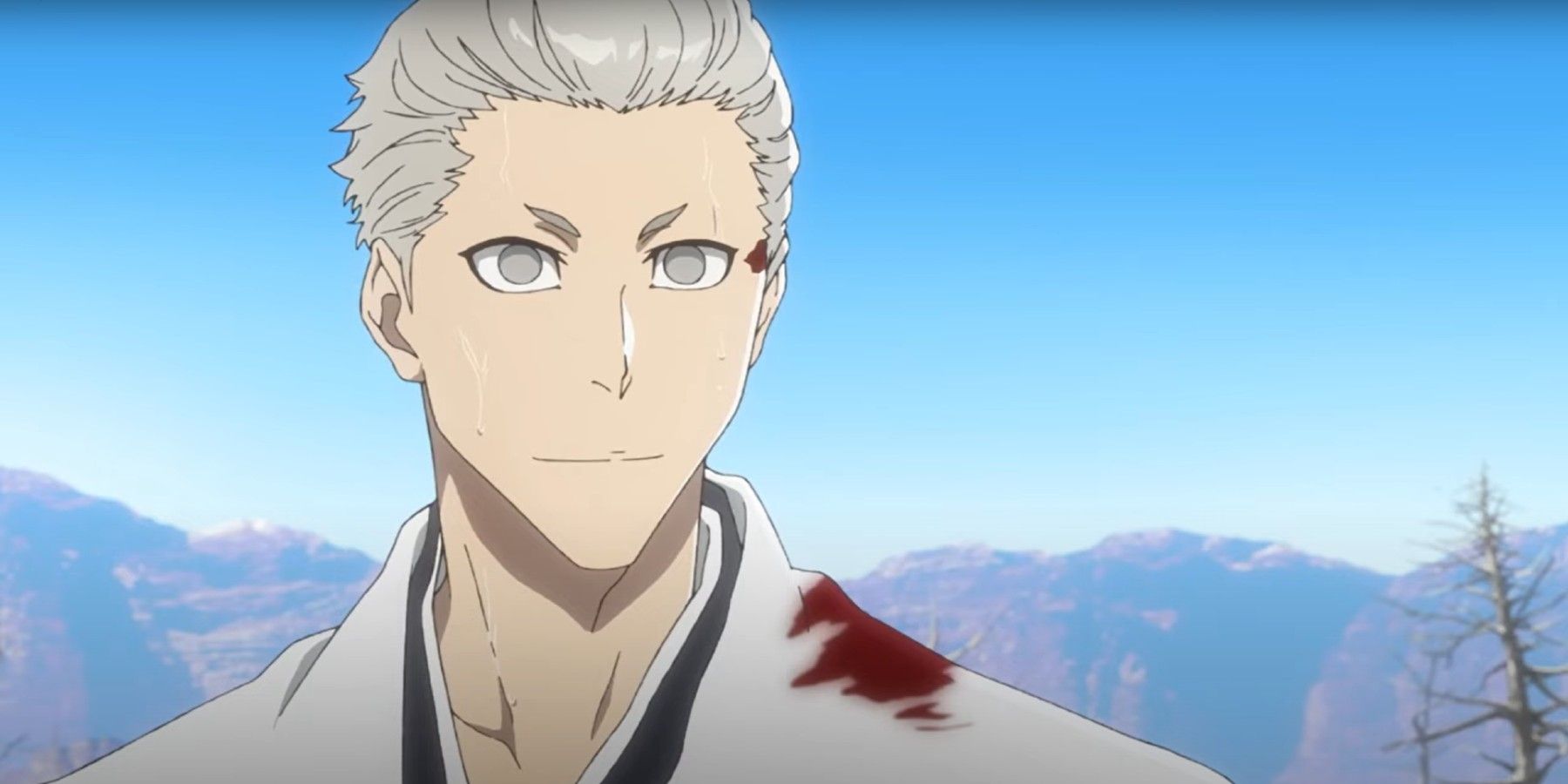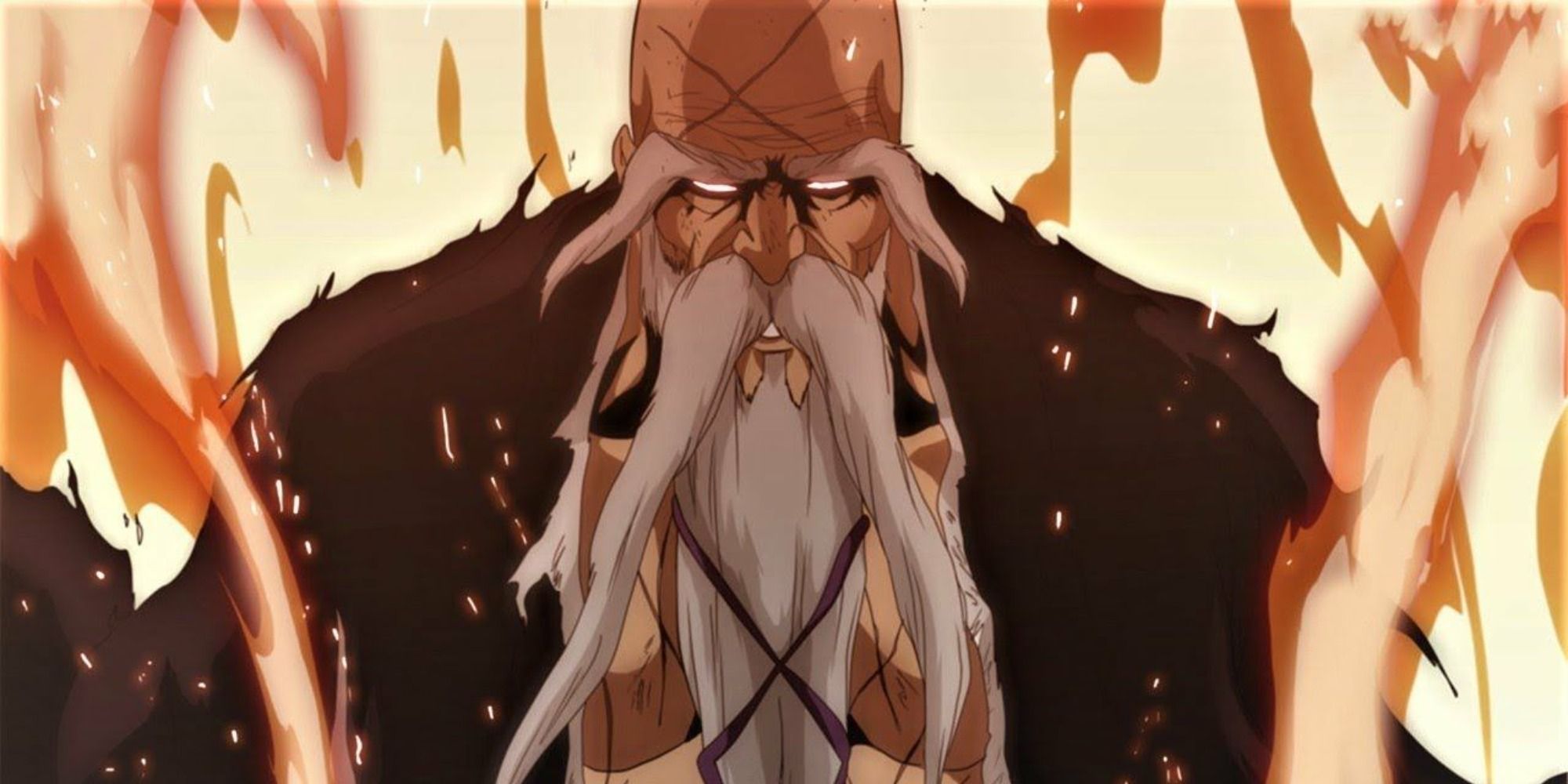One of the strongest characters in the entire franchise, the Captain-Commander of the Gotei 13, Genryūsai Shigekuni Yamamoto, is an enigmatic character who possesses an immense aura. As the leader of the Shinigami of Soul Society, Yamamoto is a very tough old man and never to be underestimated in any capacity.
In the recent episodes of BLEACH: Thousand-Year Blood War, more has been revealed about Yamamoto, especially regarding his relationship with the recently-deceased Vice-Captain of the 1st Squad, Sasakibe, particularly when it comes to how the name "Genryūsai" was borne from Sasakibe's direct influence back in the older days of Soul Society. Here's an explanation into the Captain-Commander's monikers through the ages.
Gotei Kaiso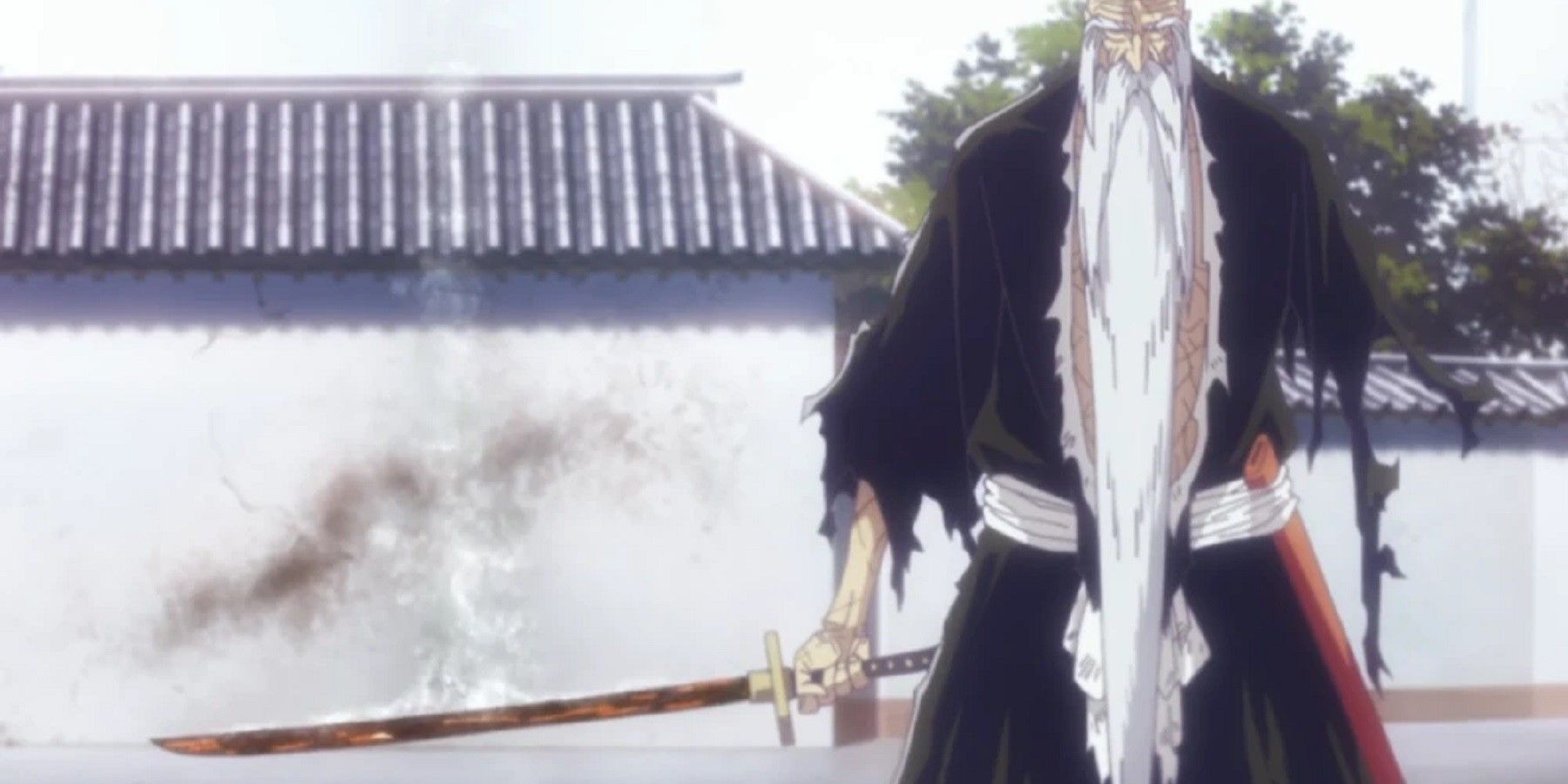
2100 years prior to the events of the series, Yamamoto was the founder of the Genryū, as well as the head instructor of Genji School, which later went on to become the Shin'ō Academy – the Spiritual Arts Academy where all budding Shinigami attend to go from fledglings to fully realized psychopomps. 1000 years ago, Yamamoto went on to become the founder of the Gotei 13 – the 13 Court Guard Squads. During his time as an instructor, Yamamoto taught the likes of Jūshirō Ukitake, and Shunsui Kyōraku, who went on to become the Captains of the 13th Squad and 8th Squads respectively. It is also in this time that Yamamoto would meet Chōjirō Sasakibe, then a young man who wished to become his right arm.
Sasakibe would refer to Yamamoto as "Eijisai", referring to the scar on his forehead. Sasakibe chose to use that name because he did not feel it was right to use Yamamoto's real name. During one of Sasakibe's visits, he told Yamamoto that he wants to become his right-hand man and compensate for anything Yamamoto couldn't do; however, when Yamamoto offered to make Sasakibe his disciple, the young man politely declined because that path would simply turn him into a cheap imitation of Yamamoto, rather than a right-hand capable of things that he is not. To test his strength, Yamamoto coaxed Sasakibe into coming at him with his Bankai, Kōkō Gonryō Rikyū ("Golden Lightning Palace"), which left him with a new scar that ran across the old one, forming an X-shape. Yamamoto told Sasakibe to continue to hone the Bankai so that it could become something worthy of being used in his honour, which is why the Quincies' theft of the Bankai deeply enraged Yamamoto. After 1000 years of diligence, Sasakibe had honed a Bankai his Commander described as "magnificent".
Jūjisai
The reason why the shape of Yamamoto's scar earned him the nickname "Eijisai" is because "ei ji-" in this case refers to "the ei written character". The kanji in question is the "ei-" in eien ("eternity"), and it is written「永」. This character is written with five strokes, and what is being referred to in the nickname "Eijisai" is the fourth radical in the kanji, which looks like this; 「丿」 often referred to as "no" because it resembles the katakana "no", which is written 「ノ」and it carries the meaning of "slash" or "bend", which is highly relevant to Yamamoto's scar and its similarity in appearance to this radical. When Sasakibe inflicted another slash running diagonally across the previous, he effectively added another radical, turning it into a cross-shaped scar. In Japanese, the cross shape is referred to as "jūji" because of its similarity to the written kanji for the number 10, pronounced "jū" in Japanese, which is written 「十」.
Similarly, a new technique unlocked by Ichigo Kurosaki in the latter stages of the Thousand-Year Blood War Arc invokes the same idea of incorporating "jūji" 「十字」into the name of a technique to imply this "10-shape". Due to the new scar, Yamamoto's nickname changed from "Eijisai" to "Jūjusai"; however, Sasakibe continued to refer to him by his previous moniker. As a result of the disconnect between the two nicknames, Yamamoto decided to change his name entirely, adopting the new moniker "Genryūsai", which is written「元柳斎」, with the kanji for "origin"; "willow" and an interesting uncommon kanji which can refer to a Buddhist term for "cleansing"; or it can be understood as an extension of 「時」– "toki", meaning "time", which falls more in line with the original moniker, "Eijisai" bearing a reference to "eternity", as well as Genryūsai's long-standing presence in Soul Society.
Etymology
"Genryūsai", when considered all together can be understood to mean something like "Time of the Original Willow", but with further consideration, the "-sai" part of his name, when considered along its Buddhist origins, can be thought to be indicative of piety in relation to spiritual nouns; in essence, "Genryusai" becomes an observation of the sacredness or holiness of the teachings of the Genryū School – the "Original Willow".
The invocation of "origin" with this kanji also extends into ideas of primacy, so the "Gen-" in Genryūsai can also be understood to refer directly to a "basis"; "cause"; or even a "head" (of an organization or structure). It is on some level reflexive, indicative of the importance of the subject (the Captain-Commander) above all else in the same clade; so on some level, his position as Founder of the Court Guard Squads, and the longest-standing Captain-Commander in Soul Society are inherent to the name that he chose for himself.

